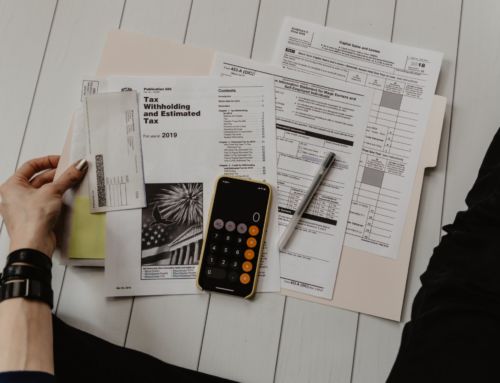01/06/2023
TOPIC: Finance
This is one of many guides that teaches you about finance to help you better manage and save your money.
If you like guides like this, feel free to follow us on social media and subscribe to our email list to get updates on when a new blog drops!
In this blog, we are showing you how you can create a budget.
If you are considering creating a budget this year but are unsure where to start, this blog is for you!
Why Is a Budget Important?
One of the best ways to start off a new year is to create a budget for you and your family.
A budget allows you to afford the big things you’ve always wanted.
These include purchasing a house, car, boat, hot tubs, expensive vacations, etc.
If you go through life spending money on every shiny object that comes your way, you’ll never be able to save for the bigger purchases.
That’s where a budget comes in.
It gives you a set of rules or limits on how much money you can spend and what you can spend that money on.
A budget allows your family to have financial security.
It also gives you peace of mind knowing you have a spending plan.
In short, a budget is great for long-term visionaries with big goals in life that require money.
It also teaches you how to save money which is a good skill to have in the long term.
How To Create a Budget?
The answer to this question is lengthy, so we’re going to break this section into three different parts.
To create a budget, you need to set goals, calculate your net income, find out where your expenses are going, and limit those expenses.
Step #1. Create Long-Term Goals
First, you want to sit down and think about the big things you want to purchase in life.
Do you want to put a down payment on a house?
Do you want to start a farm?
Do you want to travel to Berlin?
How about buying yourself a new Tesla?
Are you expecting a new baby pretty soon?
Goal setting is the first and most important step to budgeting because it reminds you of WHY you’re budgeting in the first place.
Step #2. Calculate Your Net Income
After you set goals, you want to find out your current net income so you can know what you’re working on per year.
Your net income is your take-home pay after things like taxes, retirement plans, and health insurance premiums are taken out.
Your gross salary is significantly less than your net salary.
Not knowing the difference between the two can lead to overspending because you think you have more money than you actually do.
If you’re self-employed, you will have to keep detailed notes on your contracts and how much you are getting paid per client.
Step #3. Figure Out Your Current Expenses
Second, you want to determine how much money you spend on entertainment, groceries, transportation, etc.
An easy way to do this is to download expense tracker apps.
These apps categorize your spending habits and track where your money goes each month.
After figuring out how much you spend on each category, you can then ask yourself if your current spending habits are necessary or healthy.
Step #3. Create a New Limit On Your Spending
Third, you want to set new limits on how much you will spend on each category per month.
For example, every month, you’re only going to allow yourself to spend $200 on groceries.
In step two, we recommend you download an expense tracker.
These apps will still be very useful in ensuring you are sticking to your budget.
There are also apps like the EveryDollar app, which helps you budget and shows your monthly expenses.
How To Stick To a Budget?
Now sticking to your spending limits can be challenging.
Sometimes it means saying NO to things you normally would spend money on without a budget.
That could mean you’re renting a movie from home instead of taking the whole family to the movie theater.
It could also mean less takeout of Chinese food and instead cooking food from your kitchen.
That could also mean you have to plan your meals in advance, so you don’t feel the urge to go out for food.
You might also have to cancel subscriptions to certain streaming platforms.
If you use a credit card, you can switch to a credit card with lower limits to prevent overspending.
Want To Learn More?
We created a blog showing the difference between a tax strategist and a tax planner.
If you’re serious about saving money on taxes this year and don’t know the difference between the two, this blog is for you!





